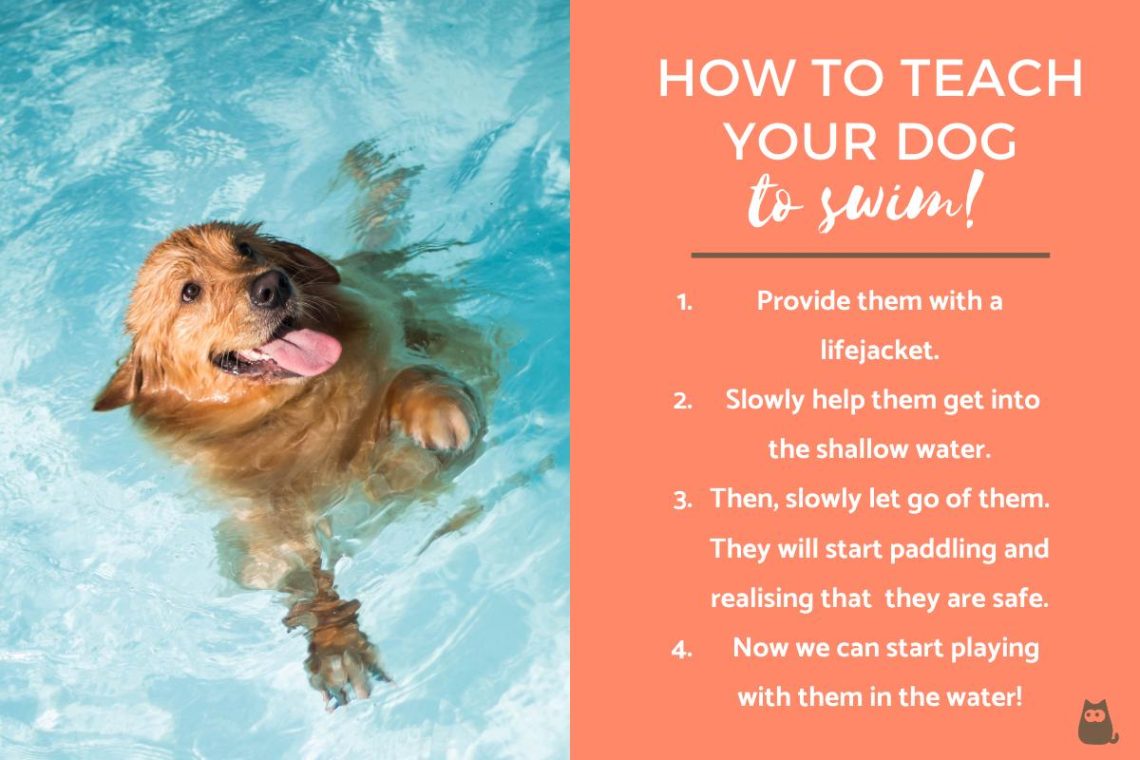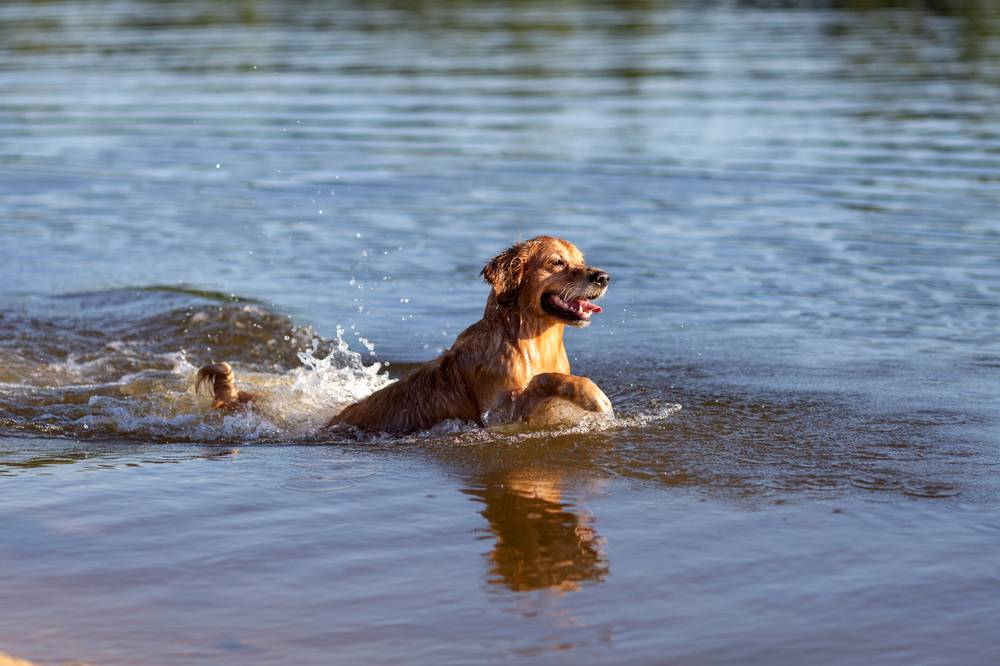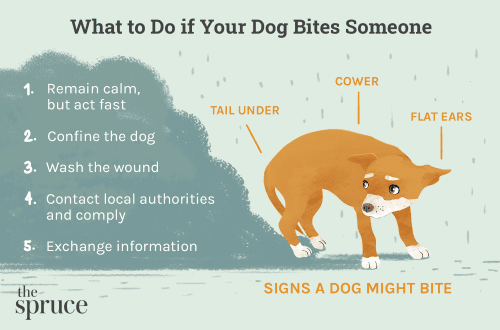
How to teach a dog to swim?

In fact, all dogs can swim – this is a natural reflex. All animals, once in the water, one way or another, will begin to move. There is even a special style of swimming – like a dog.
Another thing is that everyone relates to swimming differently. For example, Labradors, Newfoundlands and spaniels are known to be big fans of water. Almost all representatives of these breeds are ready to jump into any pond at any time, splash around and play there. But breeds that have a specific structure – for example, a shortened body or muzzle, on the contrary, bypass reservoirs. The reason lies in physiology. So, dogs with short legs – for example, corgis or dachshunds – are simply uncomfortable to swim. The same applies to dogs of brachycephalic breeds – pugs and bulldogs. These animals, due to their physiological characteristics (narrowed nasal passage, very narrow trachea, etc.), can be extremely uncomfortable and even difficult to swim and breathe. However, much depends on the particular dog, its preferences and character.
Teaching your pet to swim
When you get started, be patient. Acquaintance of a dog with water is a long process that should not be rushed. Moreover, you should not rush if there is an unsuccessful experience, after which the dog has a fear of water.
- Classes do not start immediately in the water. First, the dog is introduced to the reservoir in which it is planned to conduct lessons. Unobtrusive walks are what you need. It is important that the animal gets used to the place.
- In the second stage of training, the owner enters the water and invites the dog to join. Here, most often, problems begin: not all animals are ready to wet their paws. In this case, you can use your favorite rubber toys, affectionately call your pet.
- You can invite a familiar dog who loves to swim for a walk. Joint games will help overcome fear: the pet will not even notice how it got into the water.
- At first, you need to hold the dog, help her stay on the water. Even if she is ready to swim on her own.
- It is important to keep track of how far the dog swims and how long it stays in the water. Do not let your pet swim for a long time, especially at first. The animal cannot always calculate its own strength.
- Don’t forget positive reinforcement. Praise your pet every time he decides to go into the water or just takes an interest in it, standing on the shore.
What to look for:
Only healthy vaccinated puppies older than 3 months can be taught to water.
It is better to avoid bodies of water with slippery banks, fast currents and difficult passage to the water.
Remember that older animals and pregnant dogs get tired earlier.
Do not let your pet swim with a collar and leash. This is not safe: a pet can catch on something, especially if the reservoir is wild, and get injured.
Do not yell at the dog, do not use physical force or force it into the water. The task of the owner is to instill a love for swimming, and not aggravate the fears of the pet.
It is difficult for a person to assess the degree of fatigue of a dog. But, if the pet is breathing heavily, does not hold well on the water, place it in shallow water or leave the water altogether.
Swimming lessons, especially at the initial stage, should not take more than 5-10 minutes a day.
Representatives of breeds that, as a rule, are not enthusiastic about swimming, are advised to purchase a special vest. But do not immediately put it on and force the dog to swim. First you need to accustom the animal to wearing a vest, and only then unobtrusively introduce you to the reservoir.
Photo:
August 1 2018
Updated: 19 May 2022





